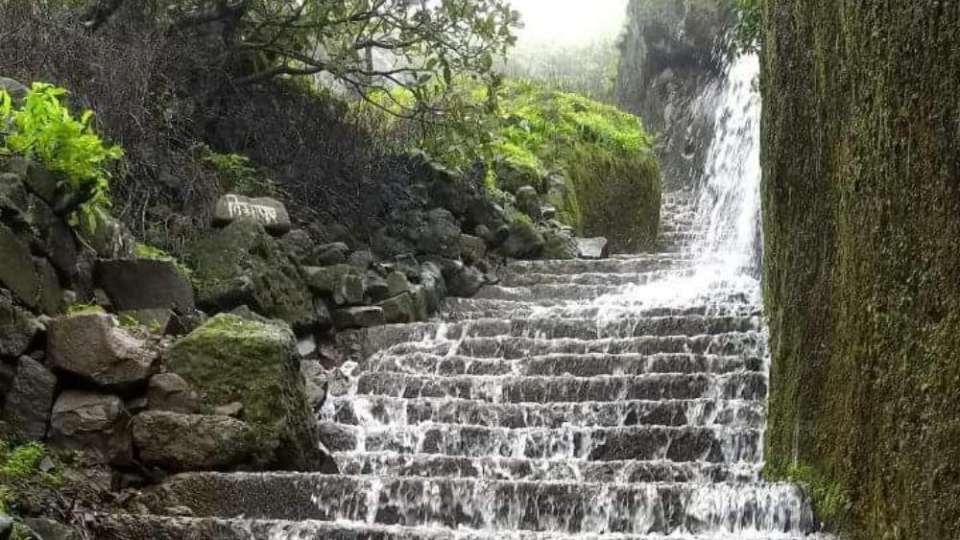
Visapur Fort Trek: History, Highlights & Tips
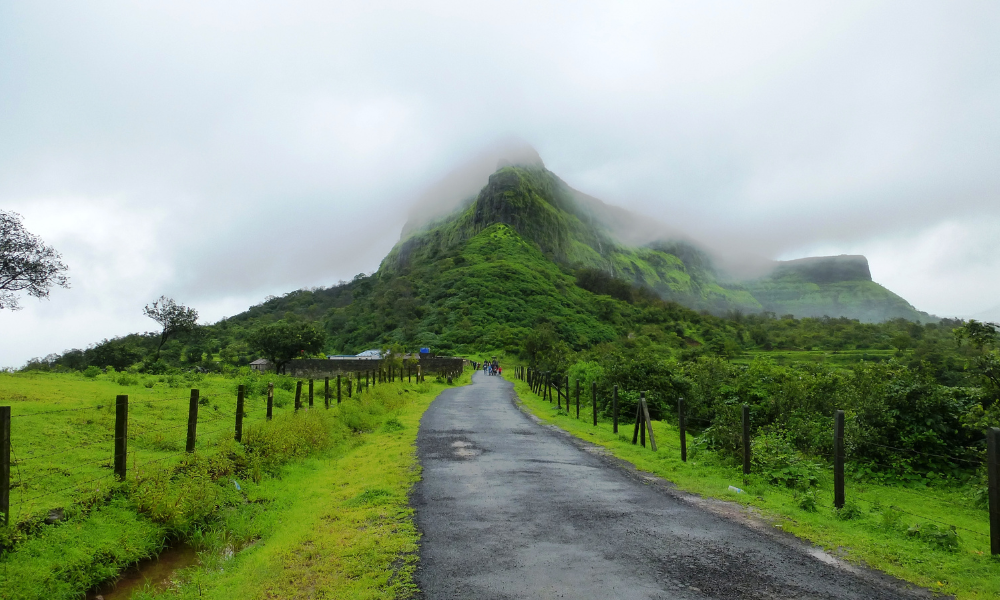
Introduction
Perched amidst the misty Sahyadri hills near Lonavala in Maharashtra, Visapur Fort is a perfect blend of history, natural beauty, and adventure. Towering at an elevation of 3,556 feet, this fort is a favorite among monsoon trekkers and history buffs alike. With its rugged stone walls, age-old carvings, and panoramic views, Visapur stands not only as a silent witness to the Maratha era but also as a thrilling escape into the Western Ghats.
Located close to the twin fortress of Lohagad, Visapur offers a more expansive layout and is often considered the more challenging climb of the two. Whether you’re trekking for the thrill or exploring to uncover ancient tales, Visapur Fort promises a rewarding experience.
Historical Background
🏰 Built Under the Peshwas
Visapur Fort was constructed in the early 18th century by Balaji Vishwanath, the first Peshwa of the Maratha Empire, around 1713–1720 CE. It was strategically established to complement and guard the neighboring Lohagad Fort, creating a twin-fort system crucial for regional defense and surveillance.
🔥 British Invasion and Capture
In 1818, during the Third Anglo-Maratha War, British forces led a decisive campaign against Maratha strongholds. Visapur Fort was captured by British troops under Colonel Prother. Interestingly, the British used Visapur’s elevated location to bombard Lohagad with cannon fire—effectively turning the higher ground into a tactical advantage.
After taking control, the British partially destroyed the fort to ensure it couldn’t be reused for rebellion. Many sections were blown up, but the grandeur of its architecture and relics still stand proudly today.
Architecture & Fort Features
Despite its semi-ruined state, Visapur still showcases impressive features:
- Massive stone ramparts and walls that span a large plateau.
- Intricately carved Hanuman idols, caves, water cisterns, and arch gateways.
- Remnants of Peshwa-era structures, including old houses and grain stores.
- A 10-foot-long cannon with a Tudor rose engraving—believed to be of British origin, possibly captured and reused.
- Scattered temples dedicated to Lord Hanuman and other local deities, adding a sacred aura to the rugged terrain.
Hanuman idols
10-foot-long cannon/grinding wheel
Trekking to Visapur: Tips & Best Time
Visapur is known for its scenic yet slippery monsoon trails. Here’s what you should know:
🥾 Trek Difficulty:
- Easy to Moderate – suitable for beginners but can be tough in the rain due to mossy rocks and flowing water.
🚩 Starting Points:
- Bhaje Village (via Bhaja Caves) – a common trail with waterfalls and stone stairs.
- Patience Point/Malavli base – slightly longer but more serene.
☔ Best Season to Visit:
- Monsoon (June–September) – lush greenery, cloud-kissed views, and water streams flowing down staircases. (Slippery but magical)
- Winter (October–February) – clear skies, cool air, and best visibility.
- Avoid peak summer (March–May) due to harsh sun and lack of shade.
🔍 Trek Duration:
- 2 to 3 hours to ascend, 1.5 hours to descend.
🧭 Trek Tip:
Pair Visapur with Lohagad Fort for a full-day trekking experience—history, adventure, and nature rolled into one.
Nearby Attractions
Make the most of your trip by exploring:
- Bhaja Caves – 2nd-century Buddhist rock-cut caves near the trailhead.
- Karla Caves – another ancient cave complex a short drive away.
- Pawna Lake – perfect for lakeside camping.
- Lohagad Fort – historic twin of Visapur, slightly easier climb.
How to Reach Visapur Fort
- Nearest Railway Station: Malavli (2–3 km from base village).
- By Road: 20 km from Lonavala, around 60 km from Pune, and 100+ km from Mumbai.
- Transport Options: Local autos from Malavli station or personal vehicle; parking available near base.
Photos :📸
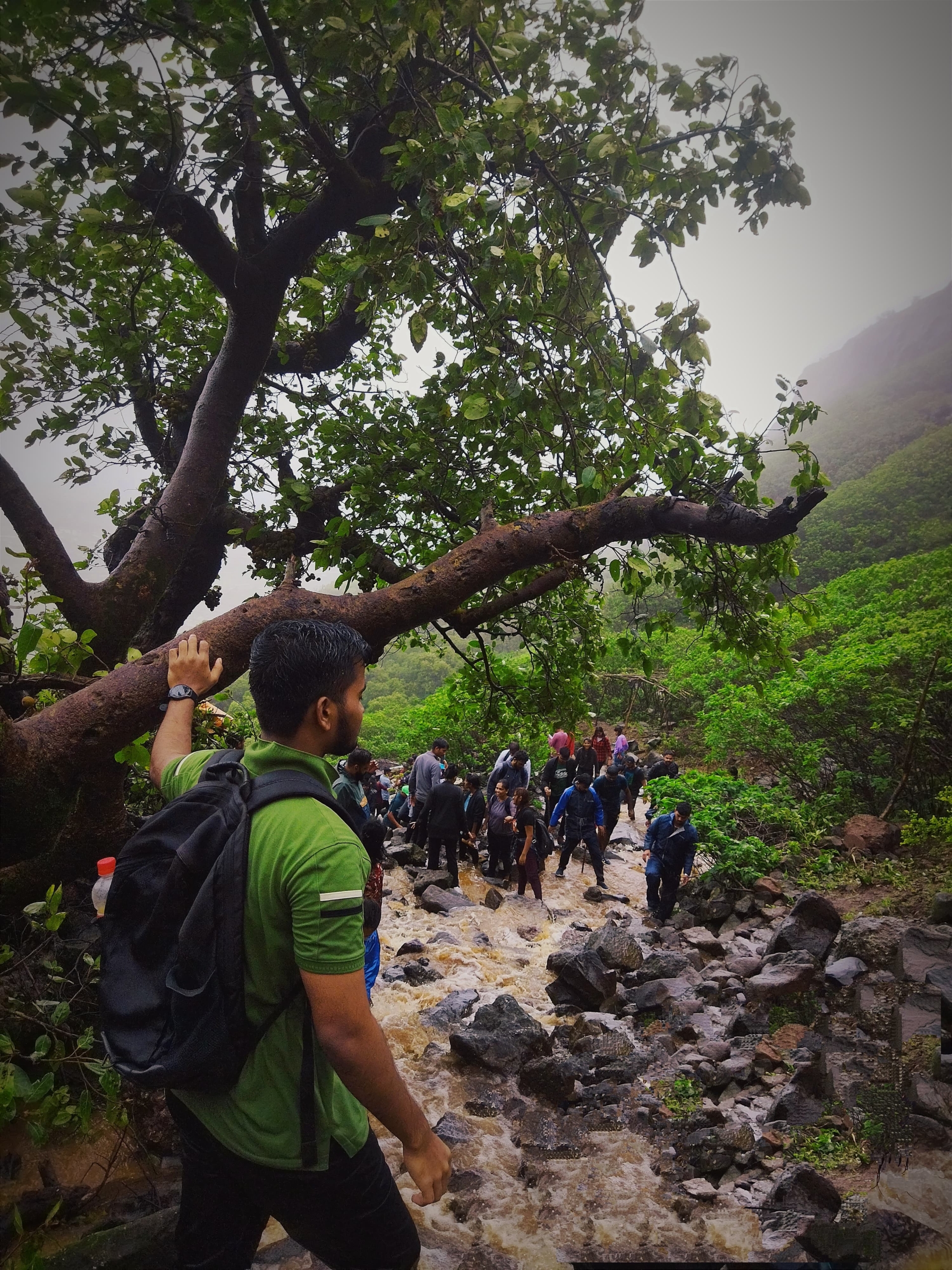
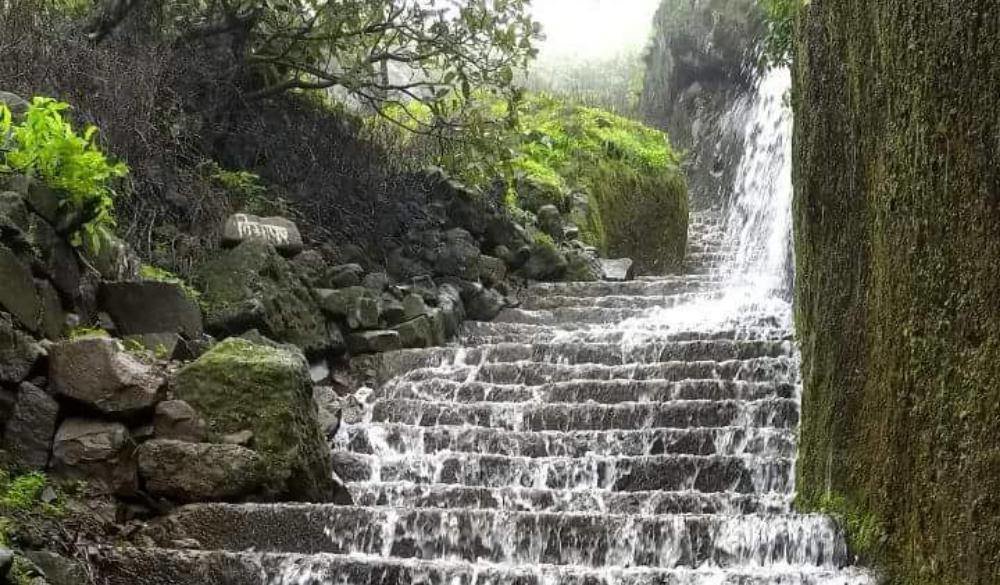
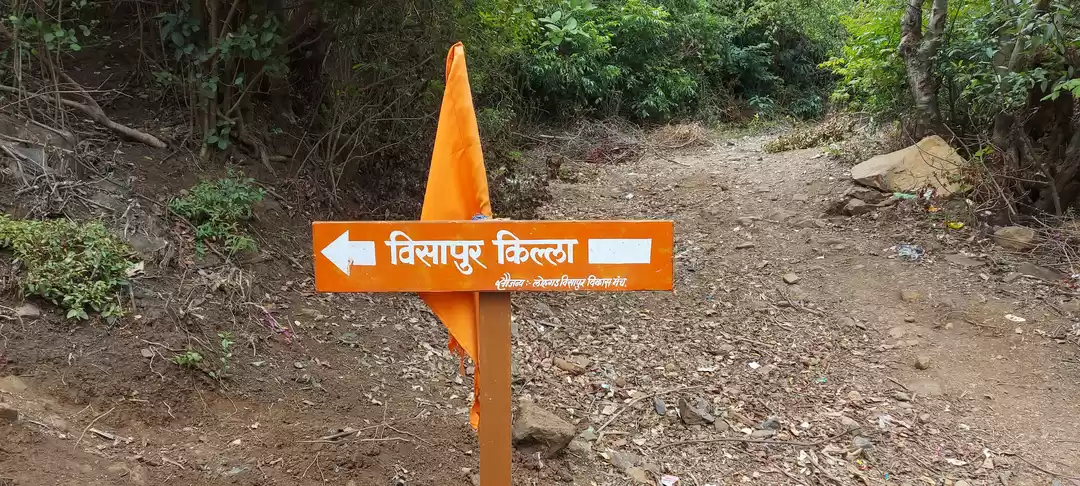
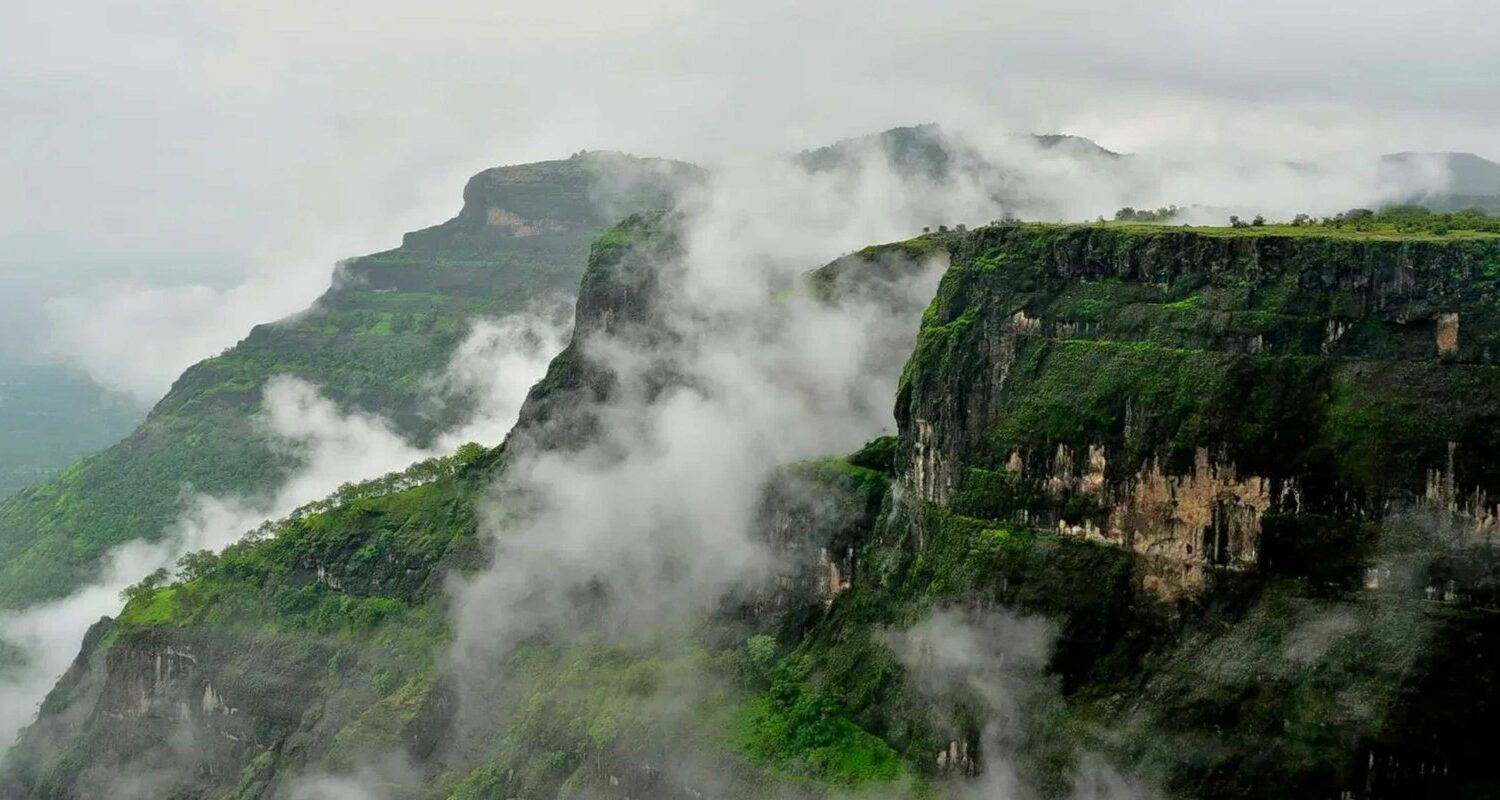
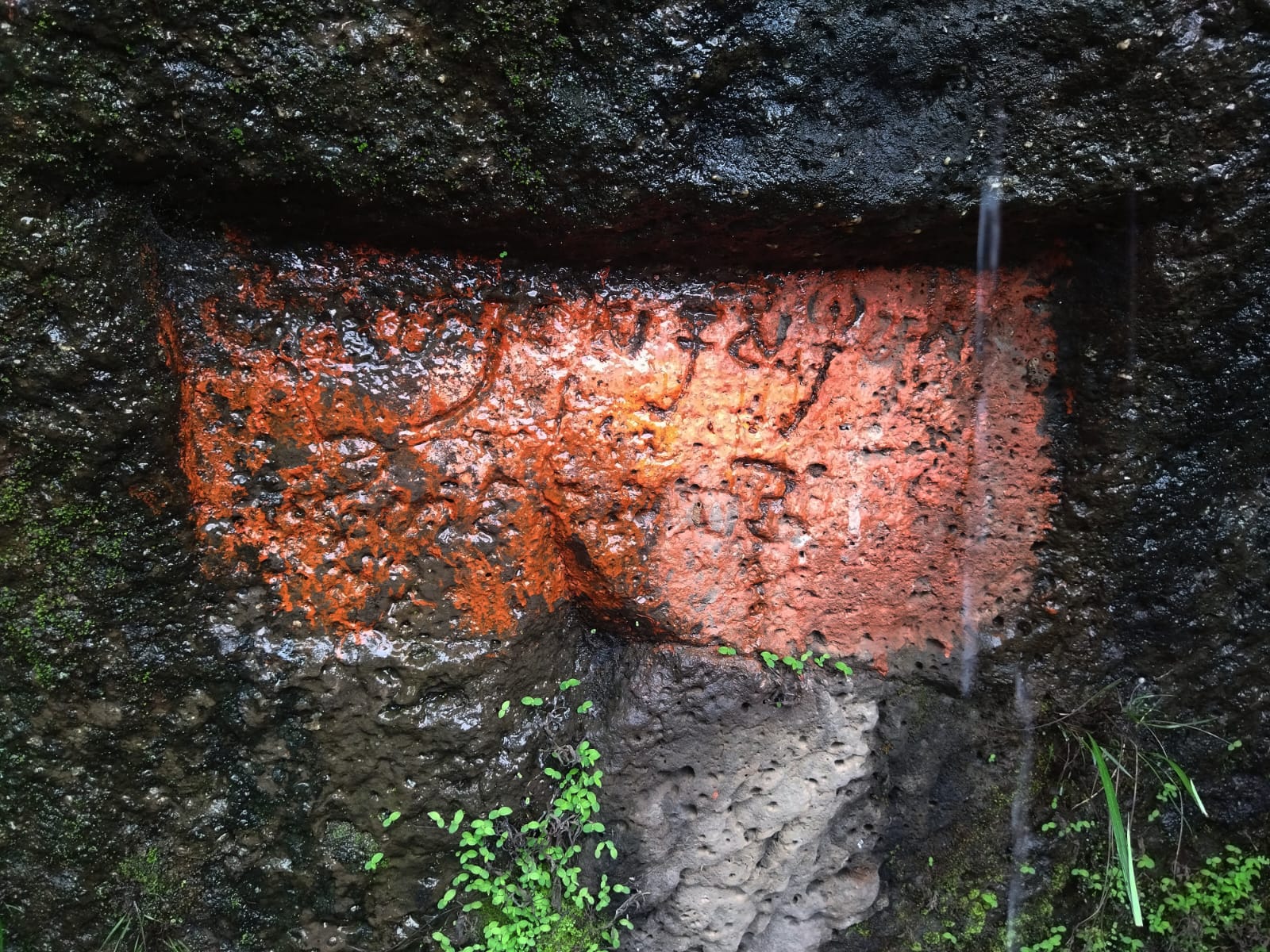
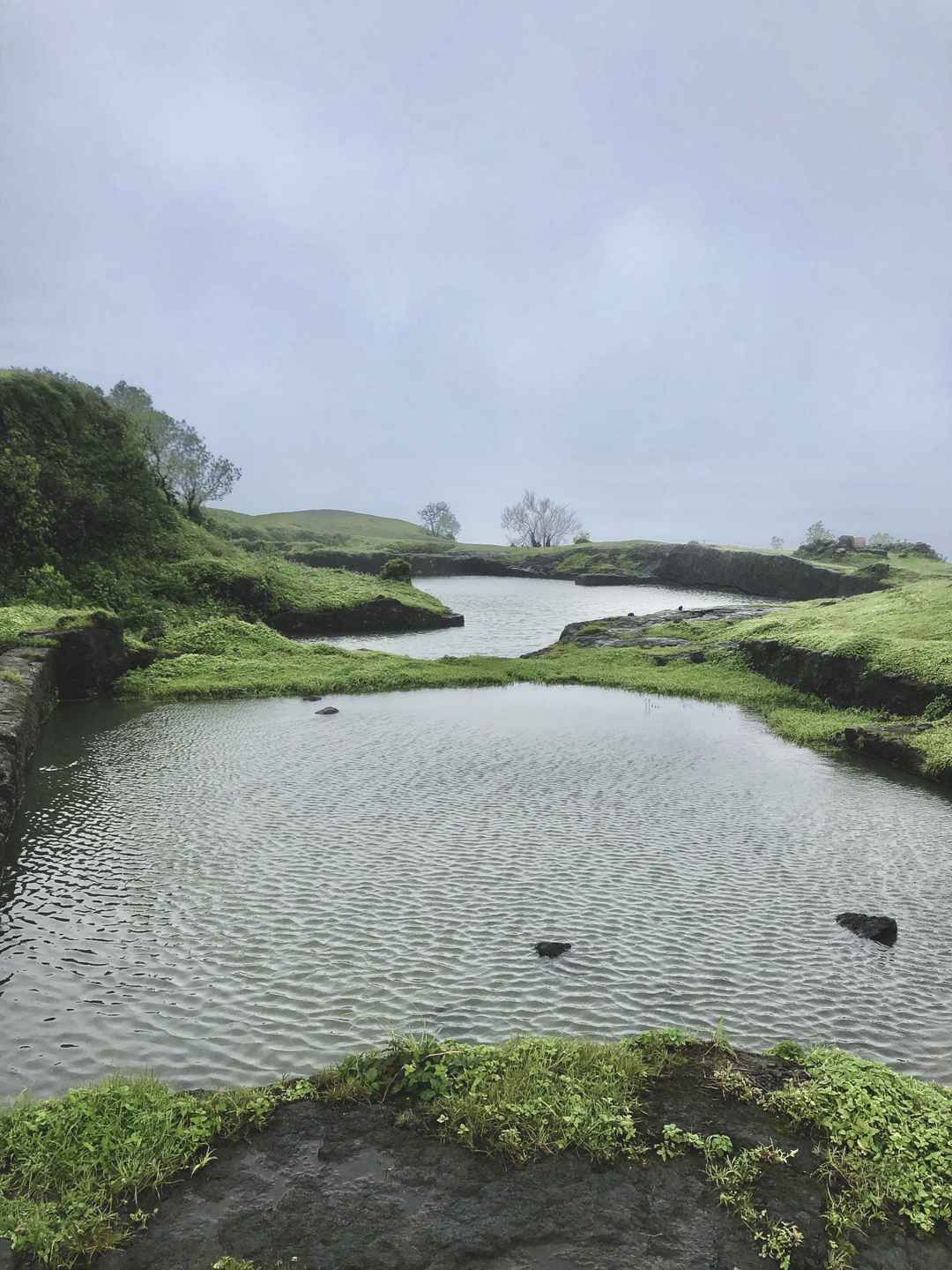
Conclusion
Whether you’re chasing monsoon mists, retracing Maratha footsteps, or simply escaping city noise, Visapur Fort offers a rich blend of nature and nostalgia. Every stone here tells a story—from valor and strategy to silence and serenity. Pack your bags, lace up your boots, and step into one of Maharashtra’s most majestic hill forts.






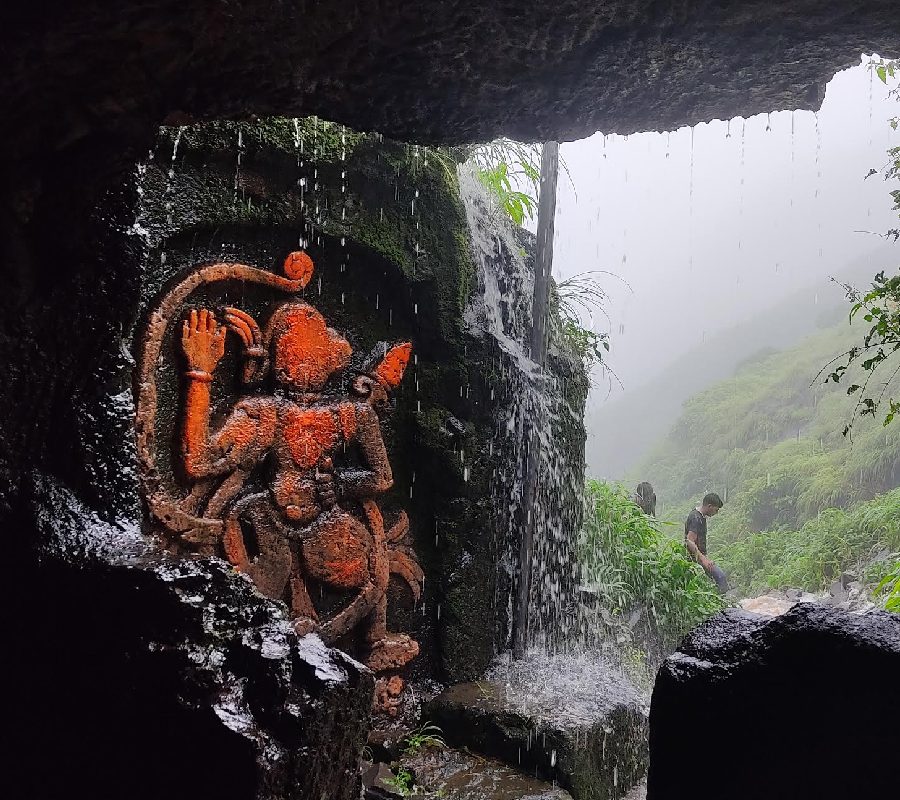
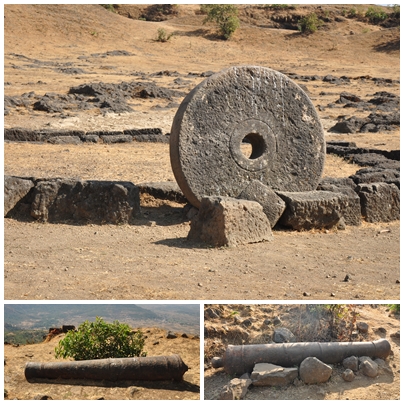
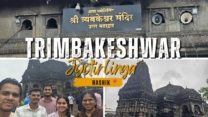

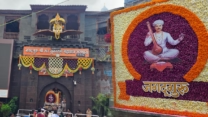
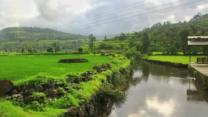

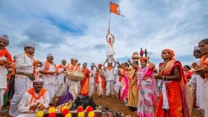


Leave a Reply